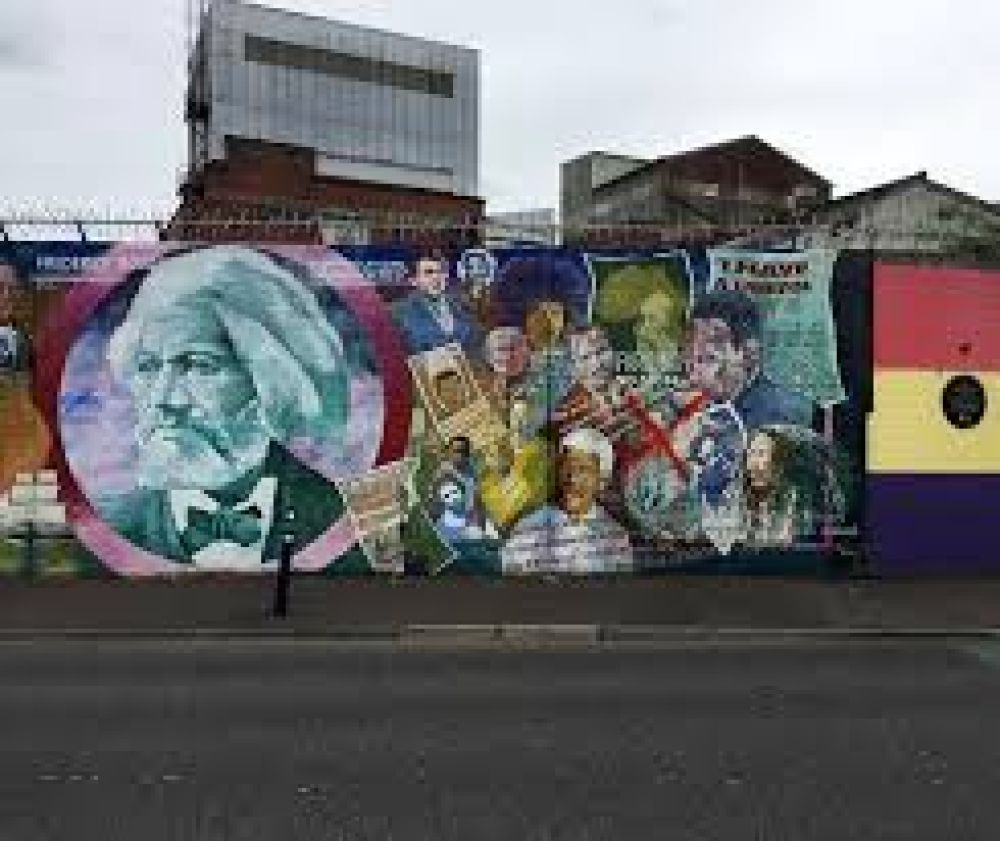

The Peace Walls and Political Murals of Belfast are significant symbols of Northern Ireland's turbulent history and a testament to its journey towards peace. These structures and artworks have become poignant attractions for visitors from around the world, who seek to understand the complex past of this region and witness the messages of hope and reconciliation expressed through public art.
The history of the Peace Walls in Belfast dates back to 1969, at the height of The Troubles—an ethno-nationalist conflict in Northern Ireland. Originally built to minimize violence between the predominantly nationalist/republican Catholic community and the mainly unionist/loyalist Protestant community, these walls have become ingrained in the city's identity. Parallel to the walls, the murals emerged as powerful political statements and now serve as a visual chronicle of conflict, culture, and history.
Tourism related to the Peace Walls and murals began as an almost accidental byproduct of the global interest in Northern Ireland's political strife. For many years, the walls and murals were more of a backdrop to daily life rather than tourist attractions. However, as the peace process took hold with the Good Friday Agreement in 1998, the potential for "dark tourism" was recognized.
In the past two decades, there has been a significant shift in how these symbols are perceived. While still poignant reminders of the past, they have now been integrated into the narrative of Belfast as a city of transformation and resilience. Guided tours, often led by locals with personal stories of the conflict, offer immersive experiences for visitors.
As Belfast moves further away from its conflicted past, there is a growing trend towards creating new narratives around its Peace Walls and murals. The focus on political tourism is now accompanied by street art tours and community-led initiatives that showcase not only the city's history but also its cultural evolution and the aspirations of its people. Efforts are underway to repurpose the walls, with some being transformed into vertical gardens or canvases for contemporary art.
Sustainable tourism is also gaining momentum, with greater emphasis on education and mutual understanding. Tourists are encouraged to engage with the local community, learn about ongoing efforts for reconciliation, and understand the complexities of the region's history beyond the murals and walls.
There have been talks about the eventual removal of the Peace Walls as a sign of progress towards a more integrated society. However, these discussions are sensitive and reflective of the diverse opinions within the affected communities. For now, the walls and murals remain, continuing to evolve as poignant reminders of the past and canvases for the future.
The tourism industry in Belfast continues to grow and adapt. In parallel with the growth of traditional sightseeing, there are increased opportunities for tourists to participate in dialogues and workshops, contributing to a deeper understanding and connection between visitors and locals.
Understanding the profound historical context of the Peace Walls and Political Murals is essential to appreciating their significance. They are not mere tourist spots; they are living historical documents and a vital part of Belfast's journey towards lasting peace and reconciliation.